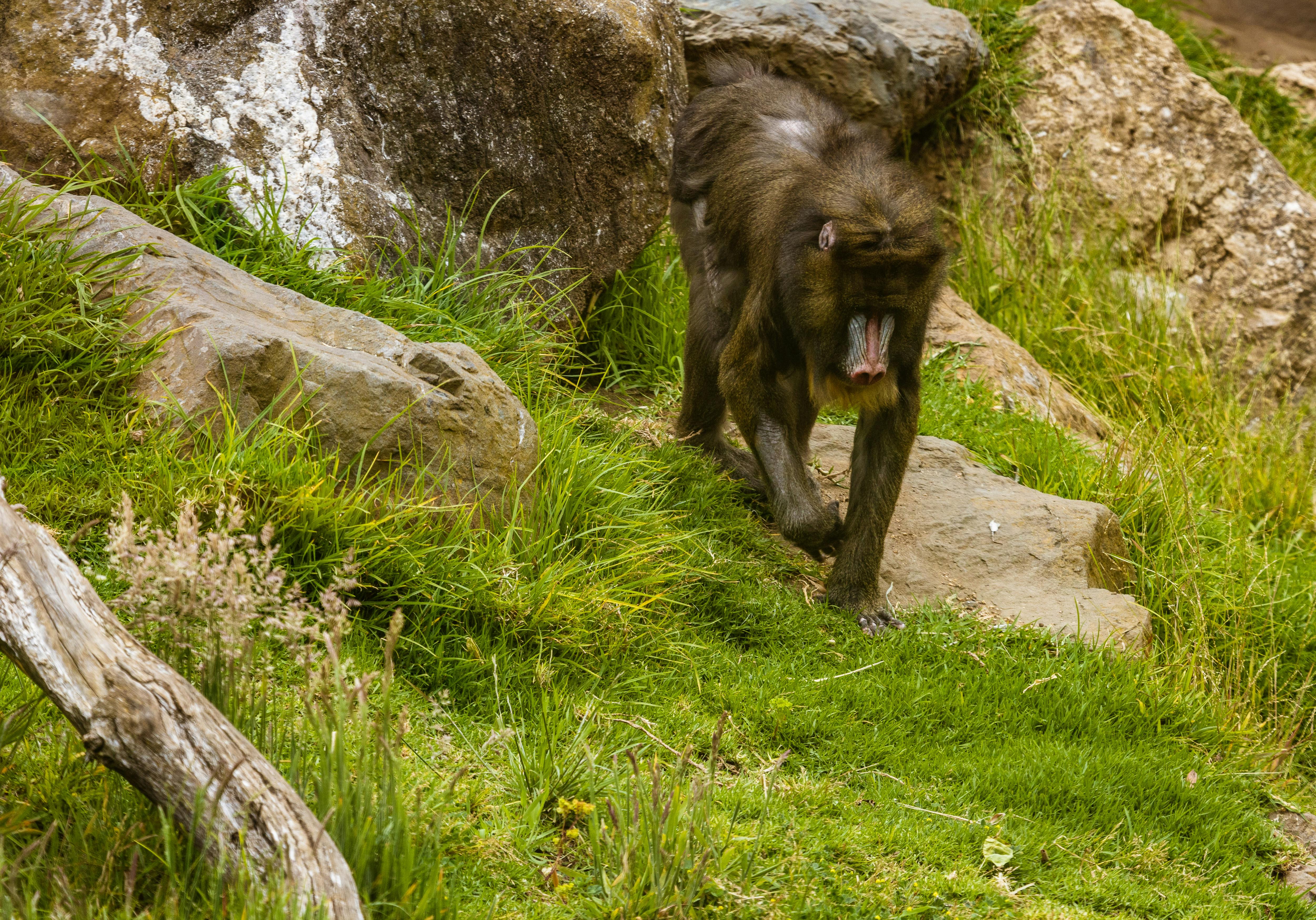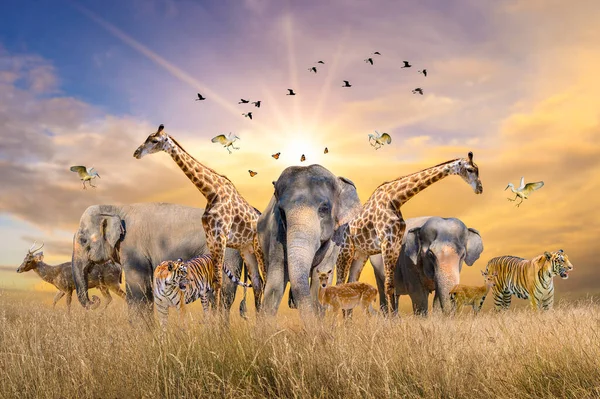Jane Goodall: Revolutionary Primatologist Who Changed Our Understanding of Chimpanzees
Jane Goodall: Revolutionary Primatologist Who Changed Our Understanding of Chimpanzees
When a young woman from England ventured into the forests of Tanzania in 1960, she had no idea she would revolutionize our understanding of our closest living relatives and redefine what it means to be human. Dr. Jane Goodall's groundbreaking research with chimpanzees has not only transformed the field of primatology but has also made her one of the most influential conservationists of our time.

Early Life and Journey to Africa
Born Valerie Jane Morris-Goodall on April 3, 1934, in London, England, Jane Goodall's fascination with animals began in childhood. Growing up in Bournemouth, she spent countless hours observing the behavior of birds, insects, and her beloved pets. Her childhood dream of working with animals in Africa was inspired by reading the Tarzan and Dr. Dolittle series, though few could have predicted the impact she would eventually have on science and conservation.
Without the financial means to attend university, Goodall worked various jobs including waitressing and film editing, saving every penny for her African adventure. In 1957, at age 23, she boarded a ship to Kenya to visit a friend whose family owned a farm near Nairobi. This decision would change the course of her life forever.
Meeting Louis Leakey: The Opportunity of a Lifetime
In Kenya, Goodall met renowned paleoanthropologist Dr. Louis Leakey, who was searching for someone to study chimpanzees in the wild. Leakey believed that studying our closest living relatives could provide insights into early human behavior that fossils alone could not reveal. Remarkably, he preferred someone without formal academic training, believing they would approach the research with an open mind, unbiased by existing scientific assumptions.
After securing funding from the Wilkie Brothers Foundation, Leakey sent Goodall to what is now Gombe Stream National Park in Tanzania. On July 14, 1960, accompanied by her mother and a local cook, 26-year-old Jane Goodall began what would become one of the longest-running studies of wild animals in history.
Revolutionary Discoveries at Gombe Stream

Goodall's approach to studying chimpanzees was unconventional and revolutionary. Instead of maintaining scientific distance, she immersed herself in their world, naming the chimpanzees rather than numbering them – a practice that shocked the academic community but allowed her to recognize individual personalities and relationships.
The Tool-Making Discovery That Changed Everything
In November 1960, Goodall made the observation that would redefine humanity's place in the animal kingdom. She watched a chimpanzee she named David Greybeard strip leaves from a grass stem and use it to fish termites from a mound. Not only were chimpanzees using tools, but they were also modifying them – behavior previously thought to be uniquely human.
When Goodall telegraphed this discovery to Leakey, he famously replied, "Now we must redefine tool, redefine man, or accept chimpanzees as humans!" This single observation challenged the fundamental definition of what makes humans unique and opened new avenues of research into animal intelligence and behavior.
Challenging Scientific Assumptions
Goodall's research revealed three groundbreaking discoveries that contradicted prevailing scientific beliefs:
- Chimpanzees are omnivores: Contrary to the belief that they were vegetarians, Goodall documented chimpanzees hunting and eating meat, including systematic hunts of colobus monkeys.
- Tool use and modification: Chimpanzees not only used tools but actively created and modified them for specific purposes.
- Complex social structures: She observed intricate social relationships, emotions, and even warfare between different chimpanzee communities.
These discoveries revolutionized our understanding of chimpanzee behavior and highlighted the remarkable similarities between humans and our closest living relatives.
Academic Recognition and Continued Research
Despite having no formal university education, Goodall was accepted into Cambridge University in 1962 to pursue her PhD – one of only eight people ever allowed to study for a doctorate without first obtaining a bachelor's degree. She earned her PhD in ethology in 1966, with her thesis titled "Behaviour of Free-Living Chimpanzees," documenting her first five years at Gombe.

Throughout the 1960s and 1970s, Goodall continued her research at Gombe, documenting complex behaviors including the four-year "Gombe Chimpanzee War" between rival communities. Her work revealed both the compassionate and aggressive sides of chimpanzee nature, showing that like humans, they were capable of both altruism and violence.
From Scientist to Conservationist
In 1986, a pivotal moment occurred when Goodall flew over Gombe Stream and witnessed the devastating deforestation surrounding the park. The lush forests had been reduced to bare hills as local communities expanded, threatening the chimpanzees' habitat and future survival. This aerial view transformed Goodall from a field researcher into a passionate conservationist and activist.
Founding the Jane Goodall Institute
In 1977, Goodall established the Jane Goodall Institute (JGI) to support ongoing research at Gombe and expand conservation efforts. The institute pioneered community-centered conservation, recognizing that protecting wildlife required addressing the needs of local human populations as well.
JGI's TACARE (Take Care) program works with communities around Gombe to promote sustainable development, education, and healthcare while protecting chimpanzee habitats. This holistic approach has become a model for conservation efforts worldwide.
Roots & Shoots: Inspiring the Next Generation
In 1991, Goodall founded Roots & Shoots, a global youth program that empowers young people to become environmental leaders. Starting with just 16 students on her porch in Tanzania, the program has grown to include over 65 countries and hundreds of thousands of participants worldwide.

The program encourages young people to take action in their communities through projects that help people, animals, and the environment. Goodall's philosophy – "Only if we understand, will we care. Only if we care, will we help. Only if we help, shall all be saved" – drives the program's mission to create informed, compassionate leaders.
Global Impact and Recognition
Today, Dr. Jane Goodall travels approximately 300 days per year, speaking to audiences worldwide about conservation, environmental protection, and the urgent need to address climate change. Her work has earned numerous prestigious awards, including the Tyler Prize for Environmental Achievement, the Kyoto Prize, and the UN Messenger of Peace designation.
Goodall's influence extends far beyond primatology. She has fundamentally changed how we view the relationship between humans and animals, advocating for the recognition of animal personalities, emotions, and intelligence. Her work has paved the way for countless researchers, particularly women in science, who were virtually absent from primatology when she began her career.
Legacy and Continuing Mission
At 91 years old (as of 2025), Dr. Jane Goodall continues her tireless advocacy for chimpanzees, environmental conservation, and social justice. Her research at Gombe continues under the direction of the Jane Goodall Institute, making it one of the longest-running studies of wild animals in scientific history.
Goodall's holistic approach to conservation – understanding the interconnection between human poverty, environmental destruction, and animal welfare – has influenced conservation strategies globally. Her message of hope, combined with practical action, continues to inspire millions to make a difference in their communities and beyond.
Frequently Asked Questions About Jane Goodall
What did Jane Goodall discover about chimpanzees?
Jane Goodall made several groundbreaking discoveries, including that chimpanzees make and use tools, hunt and eat meat, and have complex social structures with individual personalities and emotions. These findings challenged the scientific understanding of what makes humans unique.
How long did Jane Goodall study chimpanzees?
Jane Goodall began studying chimpanzees at Gombe Stream in 1960 and continued her field research for over 60 years. The study she initiated continues today under the Jane Goodall Institute, making it one of the longest-running animal behavior studies in history.
What is Jane Goodall's most famous discovery?
Her most famous discovery was observing chimpanzees making and using tools to fish for termites. This 1960 observation led Louis Leakey to declare, "Now we must redefine tool, redefine man, or accept chimpanzees as humans!"
What is the Jane Goodall Institute?
Founded in 1977, the Jane Goodall Institute is a global nonprofit organization that continues chimpanzee research, promotes community-centered conservation, and runs the Roots & Shoots youth program in over 65 countries.
What is Roots & Shoots?
Roots & Shoots is Jane Goodall's global youth program that empowers young people to take action in their communities through projects that help people, animals, and the environment. It operates in over 65 countries worldwide.
Share this article: Help spread awareness about Jane Goodall's incredible contributions to science and conservation by sharing this article with friends, family, and fellow nature enthusiasts. Together, we can continue her mission of understanding, caring for, and protecting our planet's precious wildlife.